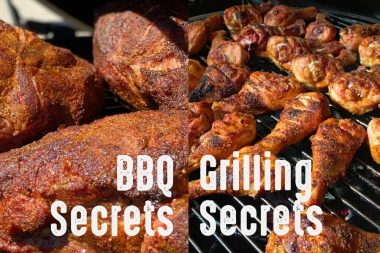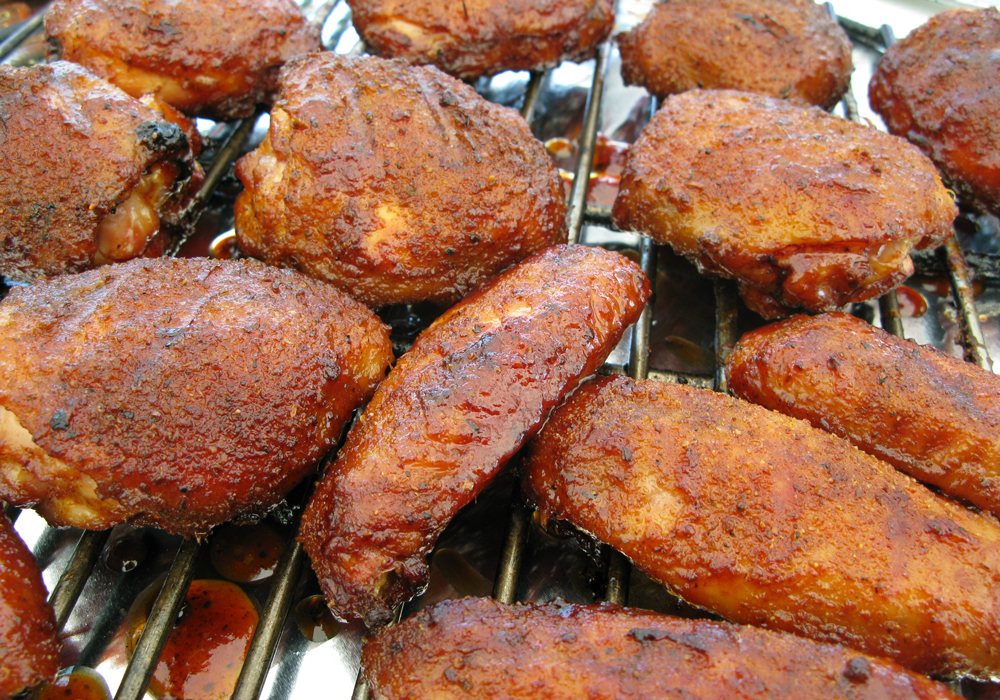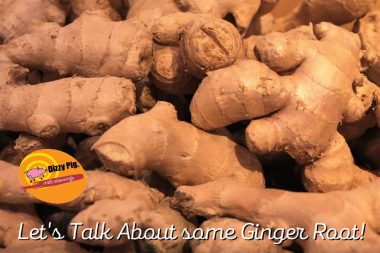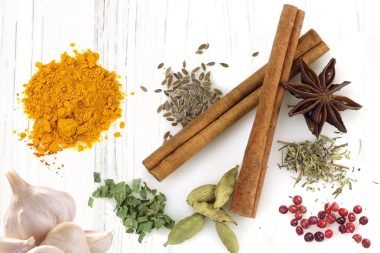
Lessons Learned After 30+ years in BBQ
With over 30 years grilling and cooking BBQ, 20 years competing at the highest… Read More
Free Shipping on orders $75+ (USA only)
 Have you ever made a dish that smelled great, but when you sink your teeth into it, left you thinking it could be more exciting? Maybe all that’s needed are a few simple techniques to layer on the flavor.
Have you ever made a dish that smelled great, but when you sink your teeth into it, left you thinking it could be more exciting? Maybe all that’s needed are a few simple techniques to layer on the flavor.
One of the key reasons Dizzy Pig seasonings stand out over the rest is that the flavors hit you on many different levels. In other words, when the spices land on your tongue, the initial sensation and flavor is followed by new flavors that are detected at different times.
Everyone’s tastes buds are different, but often a sweetness and hint of salt come first, followed by citrusy or herby notes and other undertones, then the heat and finally the garlic or onion flavors which often show 10, or even 20 seconds after the first taste.
We call that depth of flavor, and it’s an important part of making exciting food.
So simply using Dizzy Pig seasonings gives your food a deeper more complex flavor. But the flavor of the final product, when you take that long anticipated bite, depends on so much more.
If your cooked food is to offer this intriguing depth of flavor, consider the different types of flavor:
![]()
When food is browned, hundreds of brand new flavor compounds are produced. The browning of both the spices and the meat affect the final flavor, and add a new layer to your taste experience.
![]()
The flavor of the smoke is sometimes good, sometimes bad. It is a key player that needs to be carefully controlled. The smoke flavor changes throughout the cook… it’s stronger early, and mild and peppery later on in the cook.
You probably have heard that meat can only absorb smoke for so long. However, our experience says otherwise. We have noticed that the smoke flavor is being laid down on your food the entire time it is cooking. You can taste both the milder peppery smoke as well as the stronger early smoke on your meat, which contributes to your layering of flavor.
![]()
When fat drips on the charcoal it burns and produces a totally different kind of smoke than your wood or charcoal. When cooking direct, this smoke shows up later in the cook once the fat renders out of the meat. This smoke is one of the first things you taste on the final product.
![]()
Meat, by itself, has a mild flavor. Simply cooking meat enhances its flavor.
![]()
Brines and injections can add a tang, a sweetness, a saltiness that adds to your layering of flavors. Since the inside of the food is the last thing that hits your tongue, these flavors come later in the bite.
Successfully layering your flavors will take some practice.
The first step is to start thinking about flavors next time you bite into food that you cooked. Pay attention to what you taste first, how the other flavors follow behind, what you are left with after everything comes together as well as the after taste. Pay attention to the balance of flavors as well. Any flavor that is too strong will reduce your depth of flavor.
Hopefully this info will help in your quest to produce the ultimate bite of food, or at least start you on a path to paying more attention to what is happening on your tongue!
Happy cookin!!
Enjoying this Dizzy Tips article?
See more Dizzy Tips
Lessons Learned After 30+ years in BBQ
With over 30 years grilling and cooking BBQ, 20 years competing at the highest… Read More
The Amazing & Mighty Ginger
Part of cold weather cooking includes working in Superfoods that keep us healthy and nourish us to stay well. Ginger is a big player here. Read More
Healthy food can be delicious too: How Dizzy Pig uses Superfoods to spice things up!
Using superfood spices is an easy way to not only make food taste better but also get the health benefits we have all learned are vital. Read More

